You won’t find a magic recipe that guarantees immediate paid advertisement success. In the world of pay-per-click advertising, there’s a budget to set, keywords to bid on, and an audience to segment—and that’s only scratching the surface of what you’ll need to handle to execute effective paid campaigns.
Although each PPC campaign is different, the most popular campaigns have a few things in common. In this blog, we’ll show you how to make your paid campaigns more competitive by pointing out four common PPC blunders. We’ll also go into how to avoid those blunders and produce a positive return on investment.
1. Not Creating Buyer Personas

The concept of creating ads and then monetizing conversions/sales produced by those ads is appealing. Perhaps this is why most advertisers begin making advertising without a clear understanding of their objectives and a plan for achieving those objectives.
Take a step back and define your target audience before you start visualizing conversions from your advertisements.
Without knowing:
- Who you’re creating your ads for
- What their role is
- What motivates them
- What frustrates them
- How much budget they have to spend
How do you make advertisements that persuade them to click?
Creating detailed customer personas aids in the identification of information about your target group that can be used to tailor advertising to their specific needs.
Before choosing keywords and writing ad copy, learn more about your target audience.
2. Not Accounting for User Intent Differences in Search, Social, and Display Campaigns
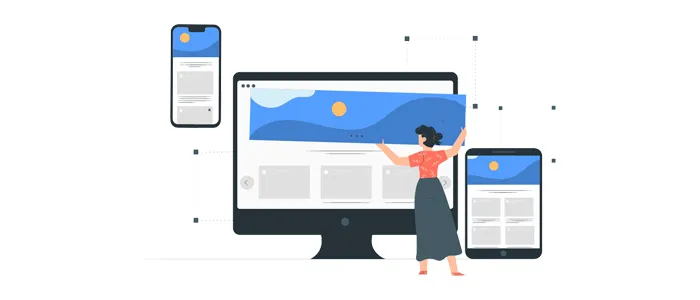
Each paid marketing campaign should be as one-of-a-kind as a snowflake. Even if you’re running the same campaign through several platforms, it shouldn’t look the same.
Since search, social, and show audiences act differently, similar advertising will not work for all audiences, even though they support the same deal. A user browsing through their Facebook feed has a different purpose than a user searching on Google.
You don’t correctly segment audiences for various paying channels if you don’t understand viewer variances for those channels, which has a negative impact on your ROI.
Here’s how to tell the difference between the three kinds of channel viewers:
- Search traffic: These prospects are aggressively seeking solutions to their issues or purchasing goods. You will be more competitive with selling using the relevant keywords they used in their query so they have a higher purchasing intent and motivation.
- Display traffic: These people aren’t actively looking for solutions; instead, they’re just surfing the web and going about their daily lives. They aren’t interested in buying and aren’t motivated to do so. This is why soft-sell ads are the most effective for this demographic.
- Social traffic: Since they aren’t consciously searching for answers, social media users share characteristics with show audiences. Softer-selling advertisements are also effective for them.
The search ad is aggressive in its description of the tool’s capabilities and invites users to try it for free by clicking through the ad.
Using different advertising and landing pages for different platforms. Instead, tailor the promotions to specific channel audiences to attract the most conversion-ready PPC traffic.
3. Not Managing Exclusion Lists

Since PPC marketing needs you to pay each time a user clicks on your ad, it’s critical that any user who clicks is someone you want to click. Using your PPC advertisement platform to manage exclusion lists allows you to target audiences who are important to your market. This increases the probability that your advertisement will be clicked, while also lowering your advertising costs.
You can exclude specific audiences from your target list in the same way you can exclude specific keywords from your promotions if you feel they are not the right fit. Excluding current customers from seeing the remarketing show advertising, for example.
Custom Audiences in Facebook Ads often allow you to exclude specific audiences. You can do this by creating a Custom Audience list or a Custom Audience from your website to block unique users:
Exclusion lists to aid in the acquisition of new customers by avoiding the targeting of existing customers, as well as the increase of conversions by focusing on only potential customers.
4. Not Taking into Account the Post-Click Experience
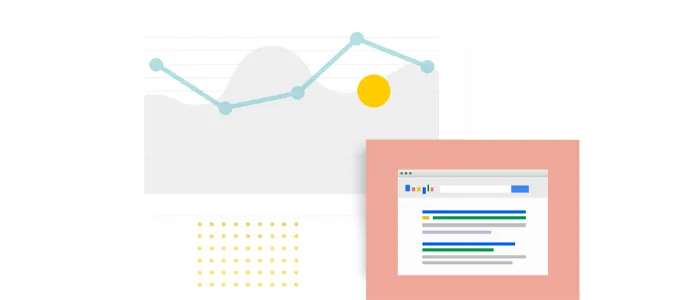
PPC marketers sometimes make the mistake of seeing an ad as a standalone entity rather than as a precursor to the post-click experience.
Conversions do not result from ad clicks. Users are about to embark on only one aspect of the trip. Whether or not you get a conversion depends on where you send them after they click the ad.
User needs are met at the post-click level when PPC ads are linked to a relevant post-click experience. Finally, you want the messaging on your pre-click experience to correspond to the message a customer receives during the post-click experience. The term “message match” is used to describe this situation. Only by linking your ad to your homepage, product, or any other page on your website can you achieve a message match.
The CTA button and picture keep the message consistent and support the ad’s free demo. Furthermore, the page contains no off-page navigation links that could lead them away from the deal.
When you optimize the post-click experience, you ensure that an ad click becomes a CTA click. You avoid distracting visitors from the conversion target by message matching and deleting all navigation ties.
Failed conversions occur when your PPC ads are not linked to appropriate post-click landing pages. This cancels out all of the time and effort you put into managing your PPC campaign, including keyword research, traffic segmentation, and ad development.
Create Better, More Optimized PPC Campaigns
Creating and maintaining paid campaigns can be aggravating, particularly when you don’t get the expected results.
Establish buyer personas to tailor your advertising to your target audience, segment different channel audiences, build exclusion lists to remove unwanted audiences, and always link your ads with optimized post-click interactions to give your campaigns a fighting chance.




















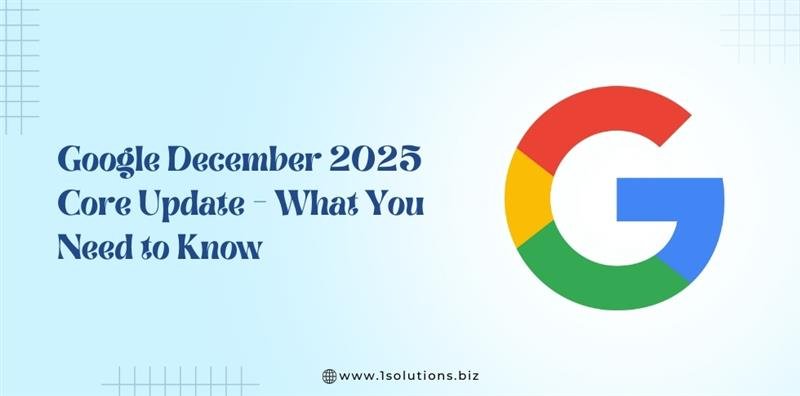
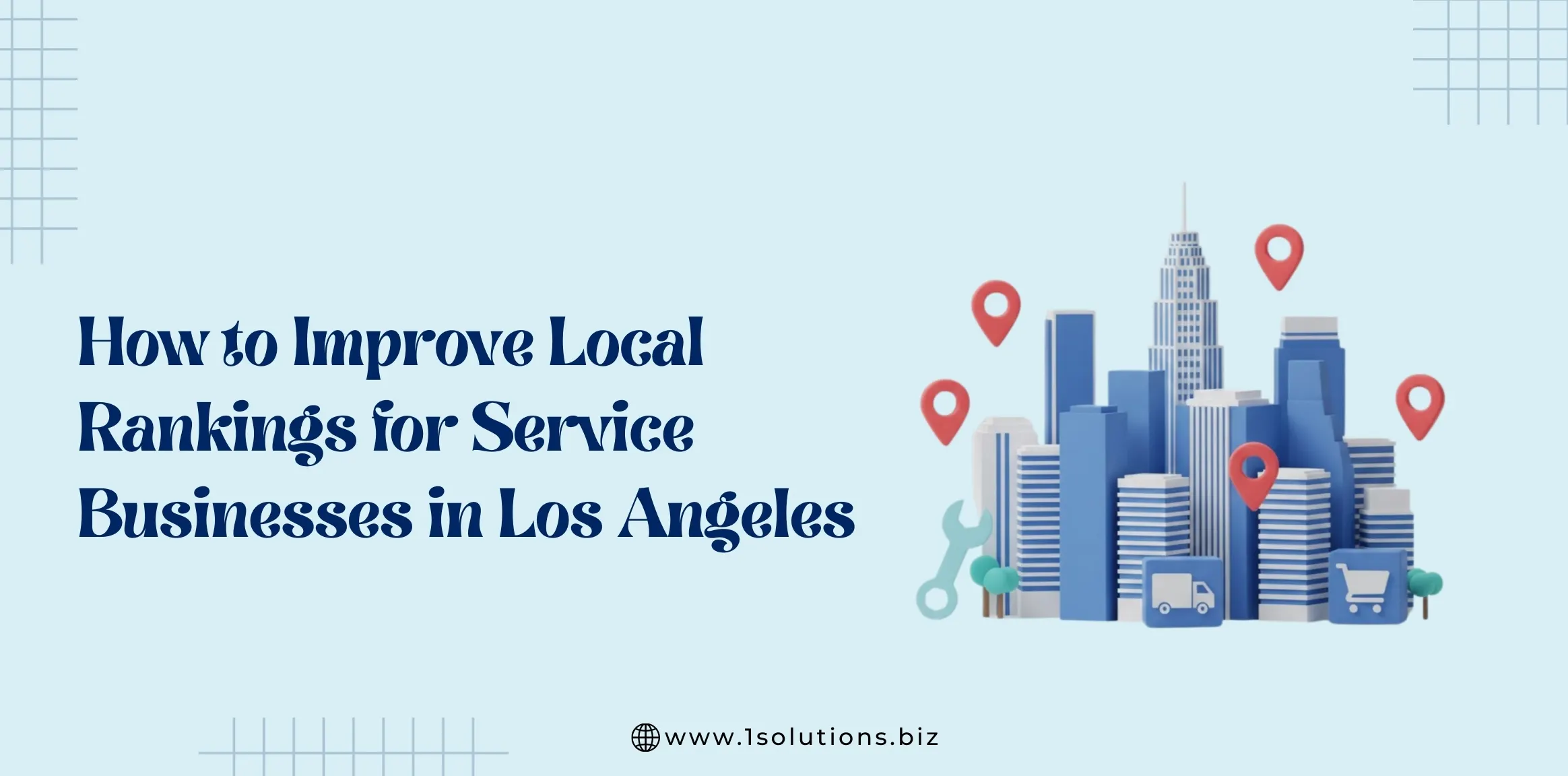
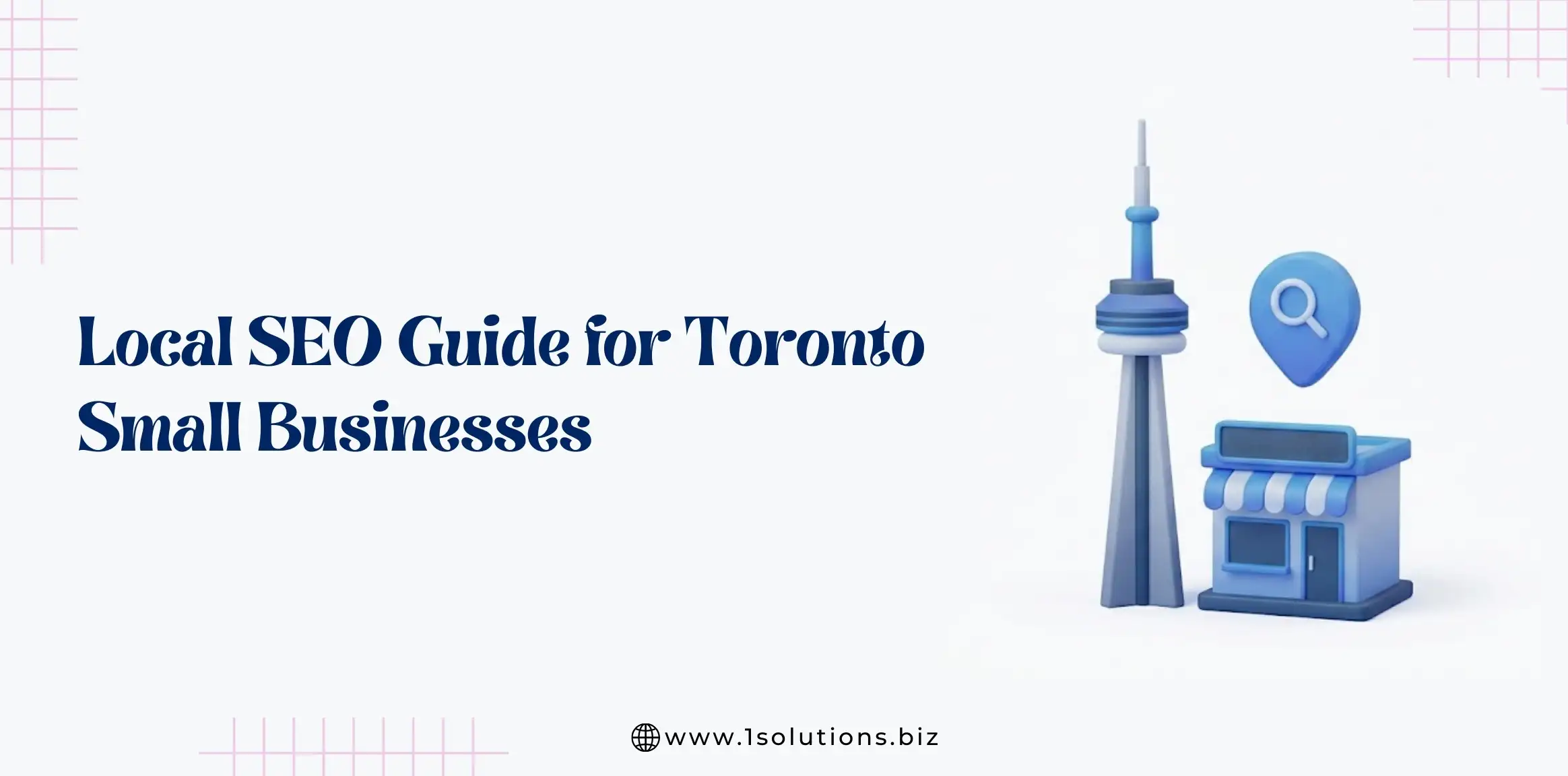
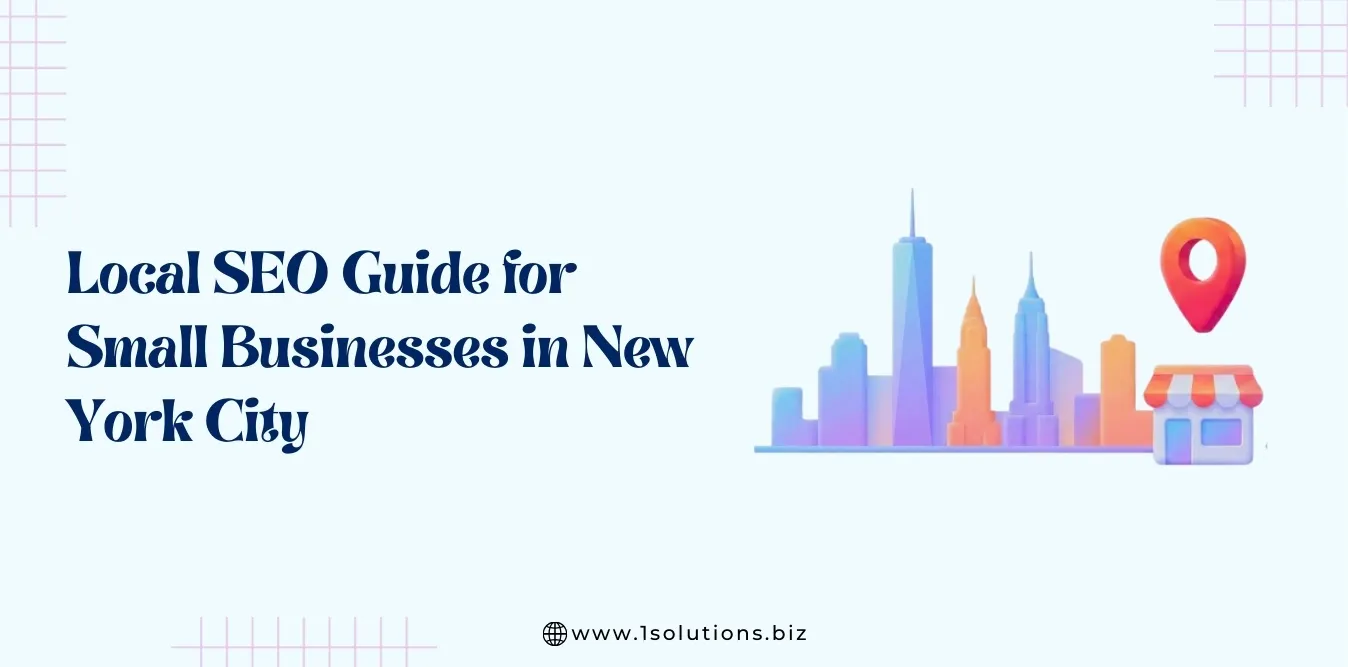
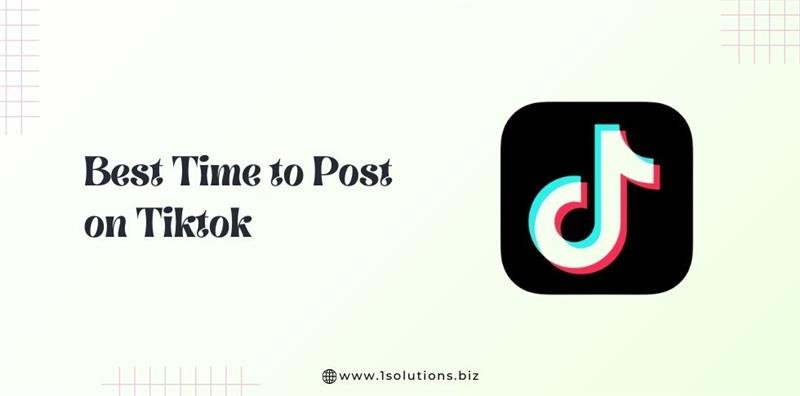
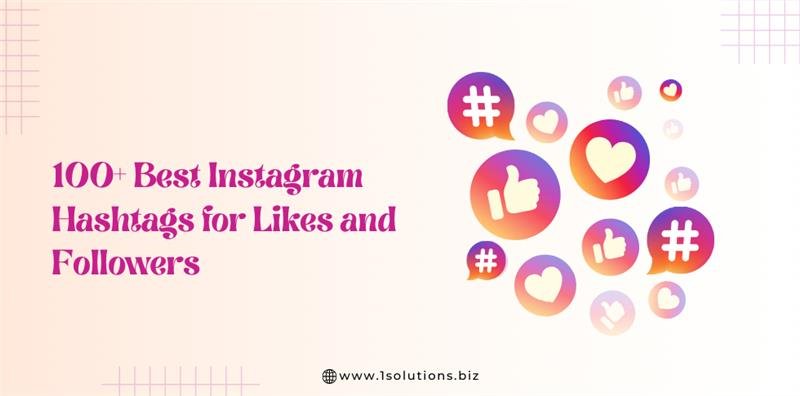
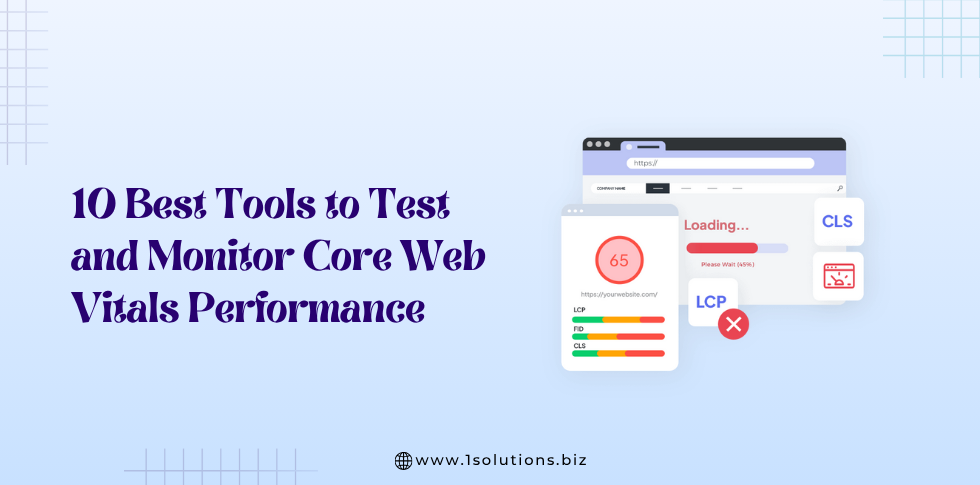



 in India
in India